Do All Types of Chimney’s and Fireplaces Need to Be Swept?
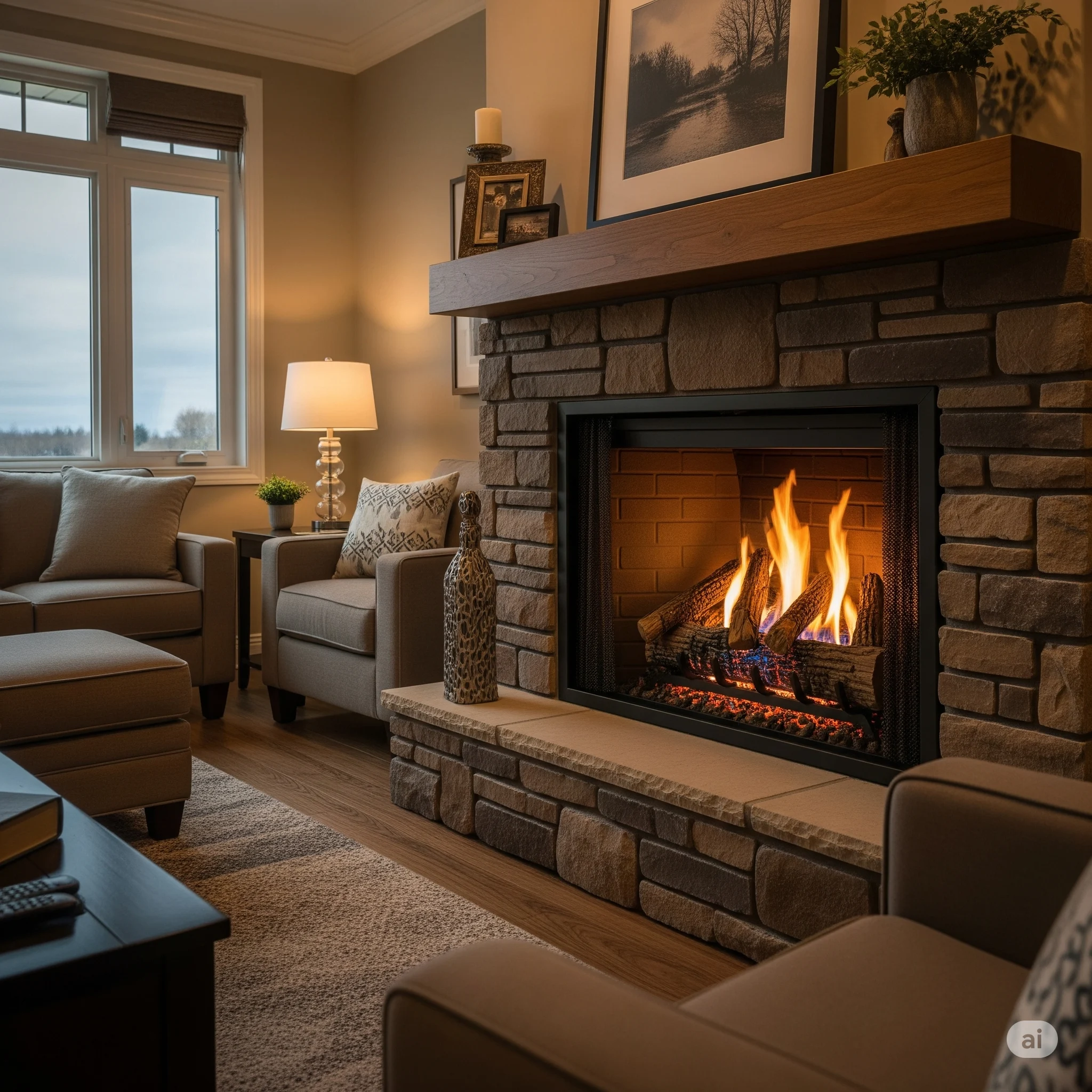
September 21st is the first day of Fall. I know we don’t want to think about it yet, but it is good to prepare and get the chimney swept early. Why? According to the Farmer’s Almanac, they are predicting a colder and snowier Winter. But you say, “eh, I got a gas fireplace.” Better yet, “I don’t use my fireplace, so why should I sweep it, and clean it early?” Let’s discuss why all types of chimneys and fireplaces need to be swept.
Why Do All Types of Chimney’s and Fireplaces Need to Be Swept?
When we think of the fireplace, we picture the real wood burning fireplace with the sounds of crackling wood. With regular use of the wood-burning fireplaces, a byproduct called creosote forms and over time, lines the side of the chimney flue. This needs to be swept at least once per year as creosote is flammable. However, all chimney’s, regardless of whether it burns wood or utilizes gas, needs to be professionally inspected and swept annually.
Many homeowners mistakenly believe that a gas or unused chimney is immune to problems since it doesn’t produce a byproduct. However, these chimney systems face their own unique dangers. Gas fireplaces, especially those that are high-efficiency, can lead to the buildup of corrosive deposits. Over time, these deposits can degrade your chimney liner. Getting it inspected by a certified chimney technician will control this issue so it doesn’t turn into a problem.
4 Key Reasons to Prioritize Your Annual Chimney Inspection
The annual chimney inspection is more than just a sweep; it’s a comprehensive health check for your entire chimney system. We call it the 14 Point Inspection. A certified chimney technician will look for:
- Fire Hazards: Again, for wood-burning chimneys, the removal of creosote is important to prevent a chimney fire. Gas fireplaces release corrosive deposits. If you don’t use the fireplace, you never know what debris may have settled in. If you want to use the fireplace, please be sure to have it professionally inspected and swept before use.
- Obstructions: There’s a whole world outside of your home, and especially in the Fall, our little friends are searching for a warm place to stay. Your chimney looks pretty good. And, let’s not forget how the wind in the Chicagoland are does a great job of moving debris around that can get up and under the chimney cap or directly into the chimney if you don’t have a cap. These blockages need to be cleared for you and your home’s protection.
- Structural Damage: A chimney technician will be able to spot cracks, water damage, or deterioration of the chimney and chimney liner that could compromise the system’s safety.
- Ventilation Issues: Ventilation is key for your home to breathe. The certified chimney technician will ensure proper draft and airflow, which is the best way to get rid of toxic gases.
NFPA
Remember, the National Fire Protection Association (NFPA) recommends an annual inspection for all chimney types. This simple, proactive maintenance can save you from costly repairs. Don’t wait for a problem to become obvious. Contact Superior Chimney today at 877-244-6349 to schedule a 14-Point Chimney inspection to ensure your home and family are protected.
This post first appeared on https://www.superiorchimney.net
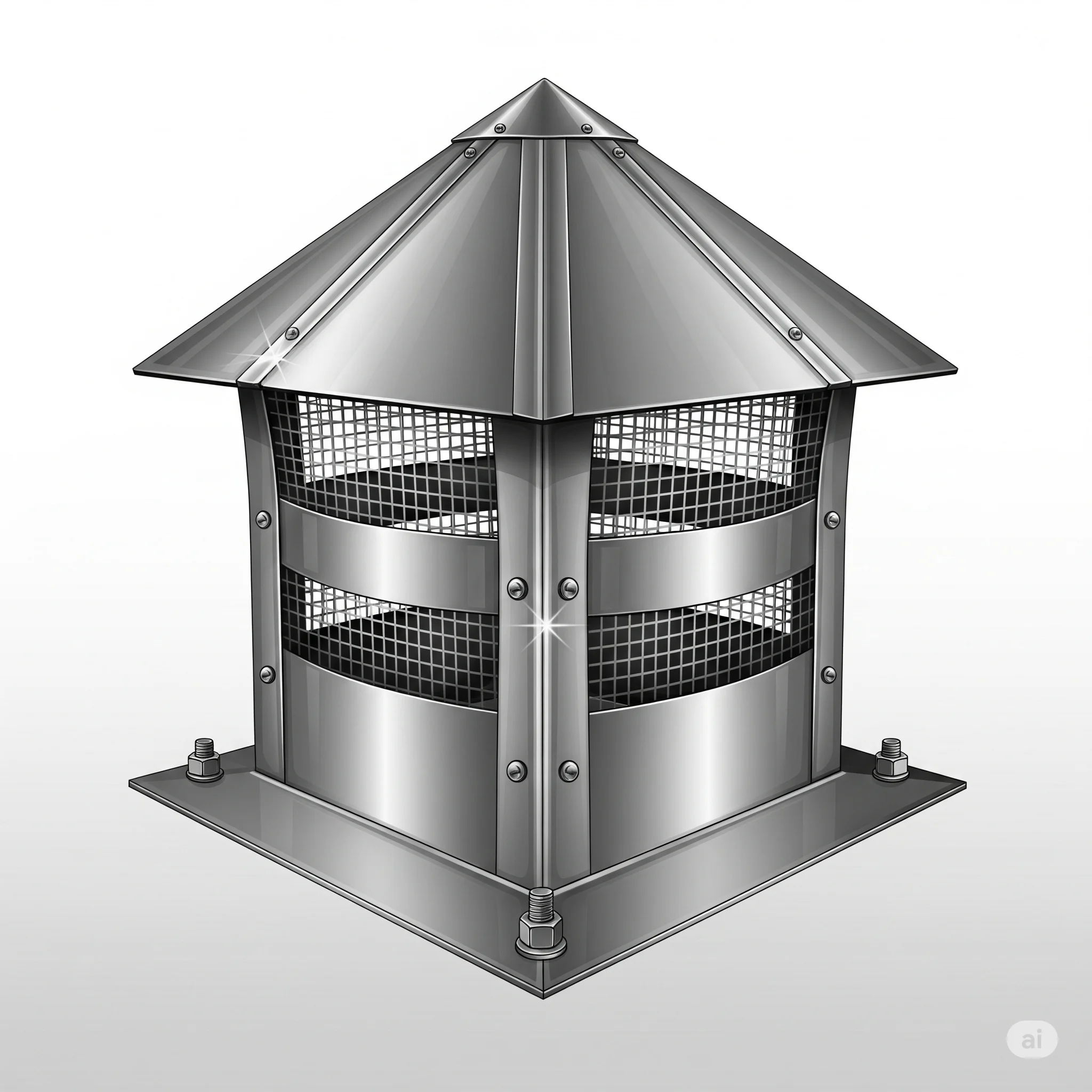
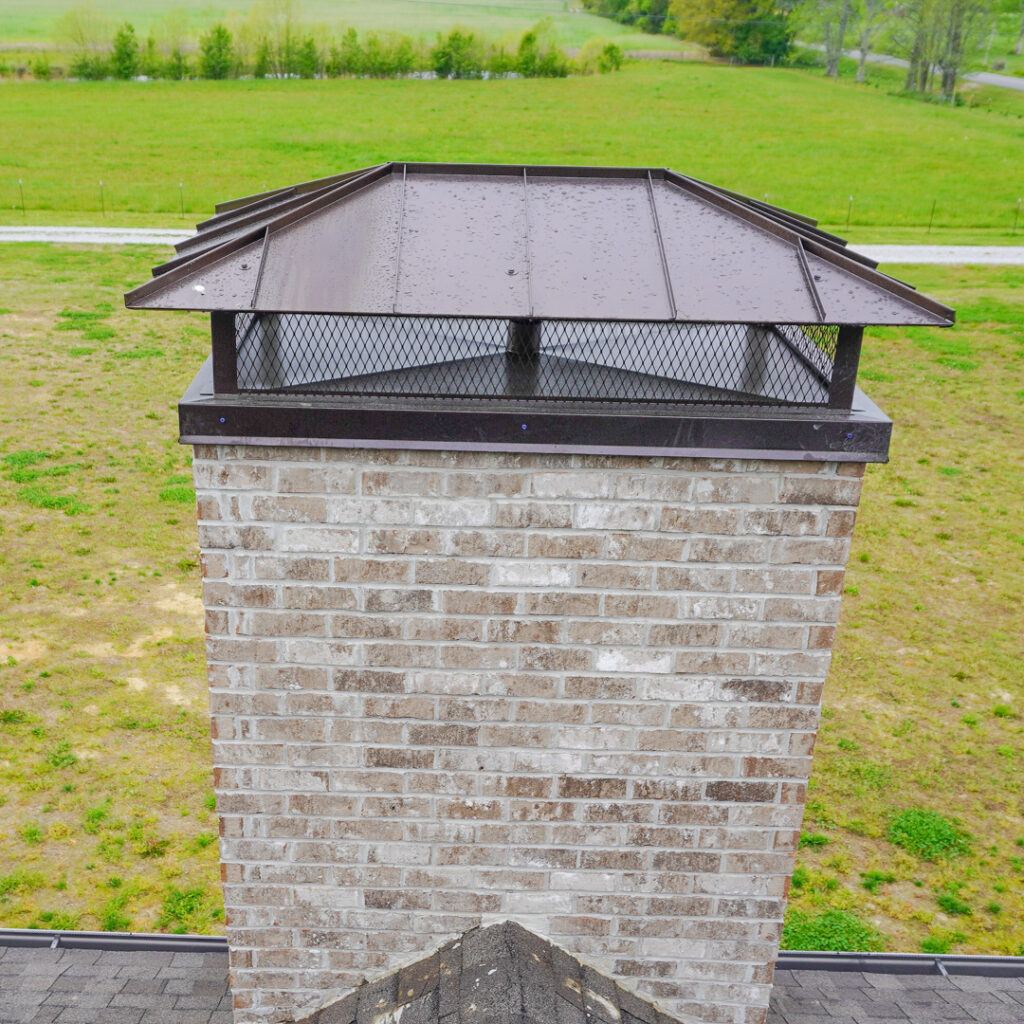
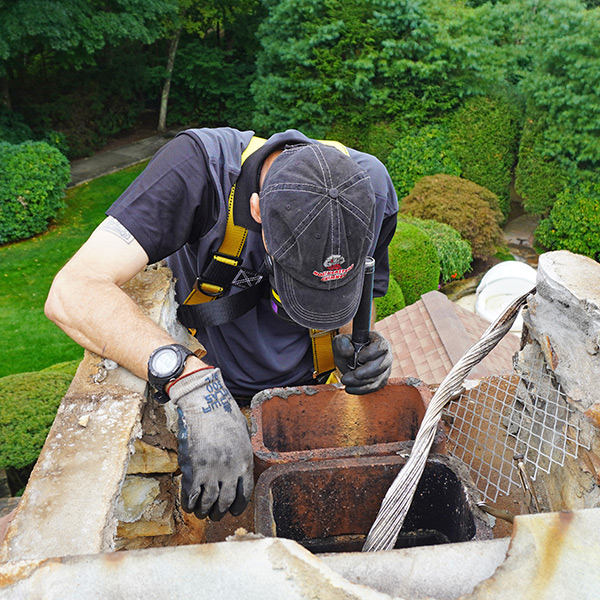
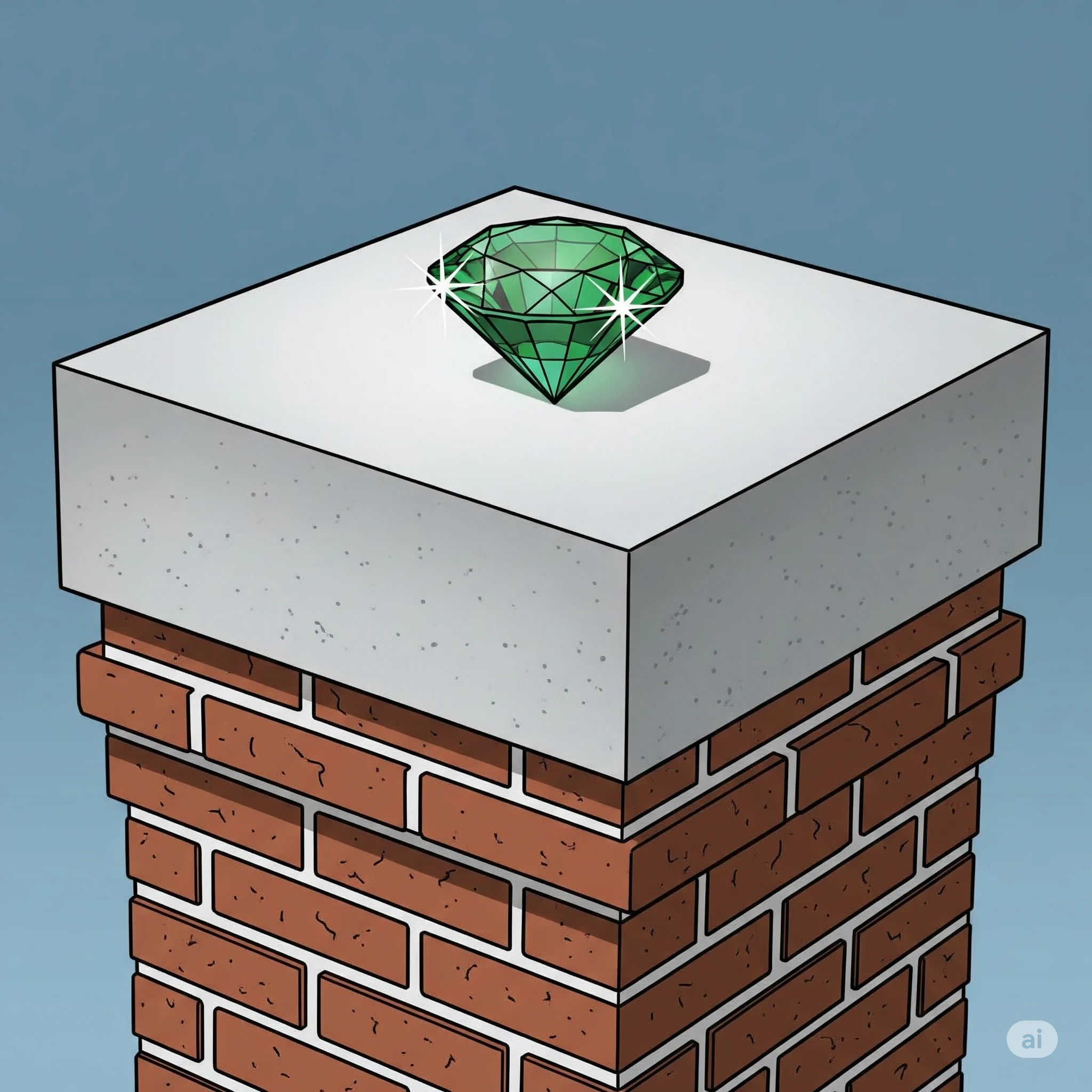
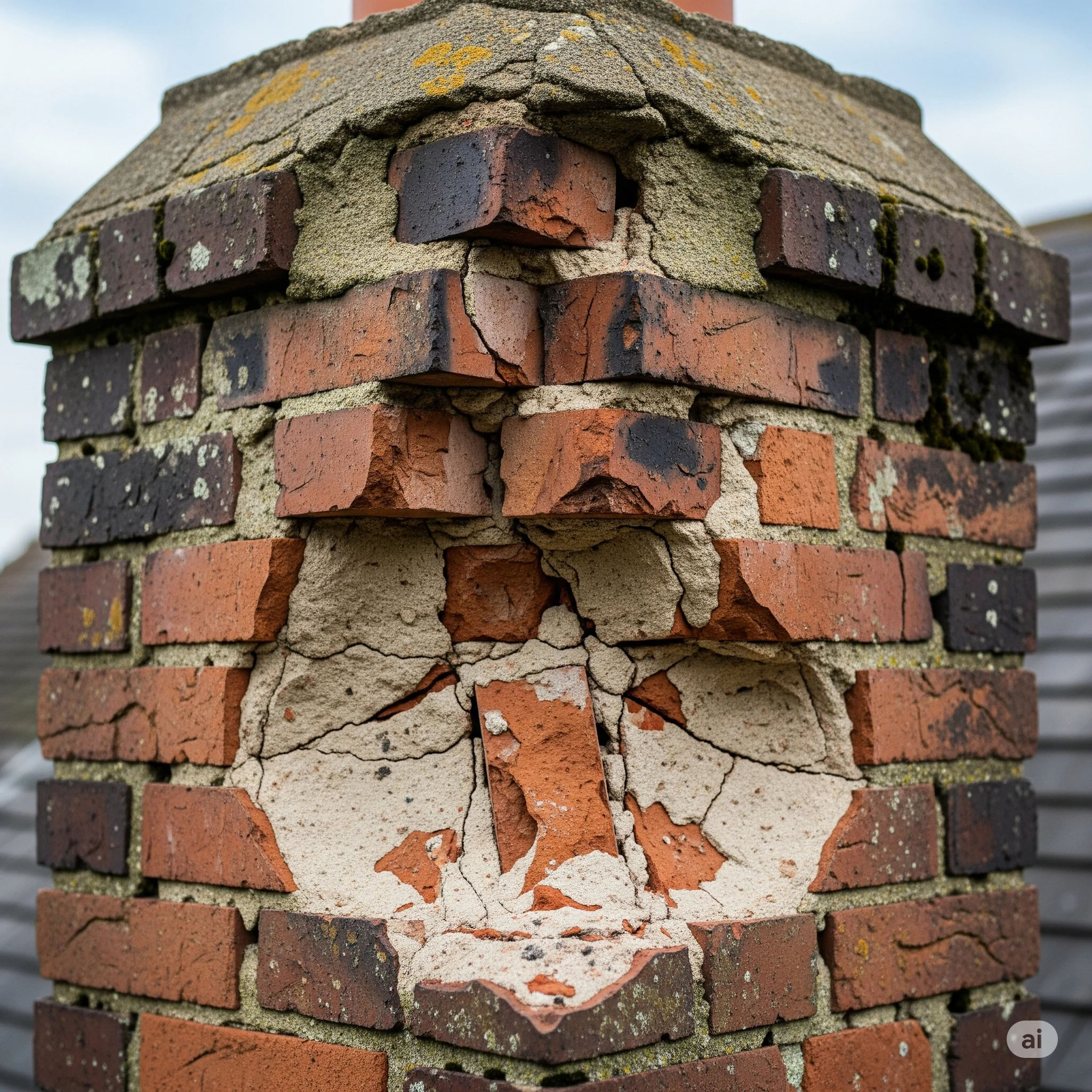
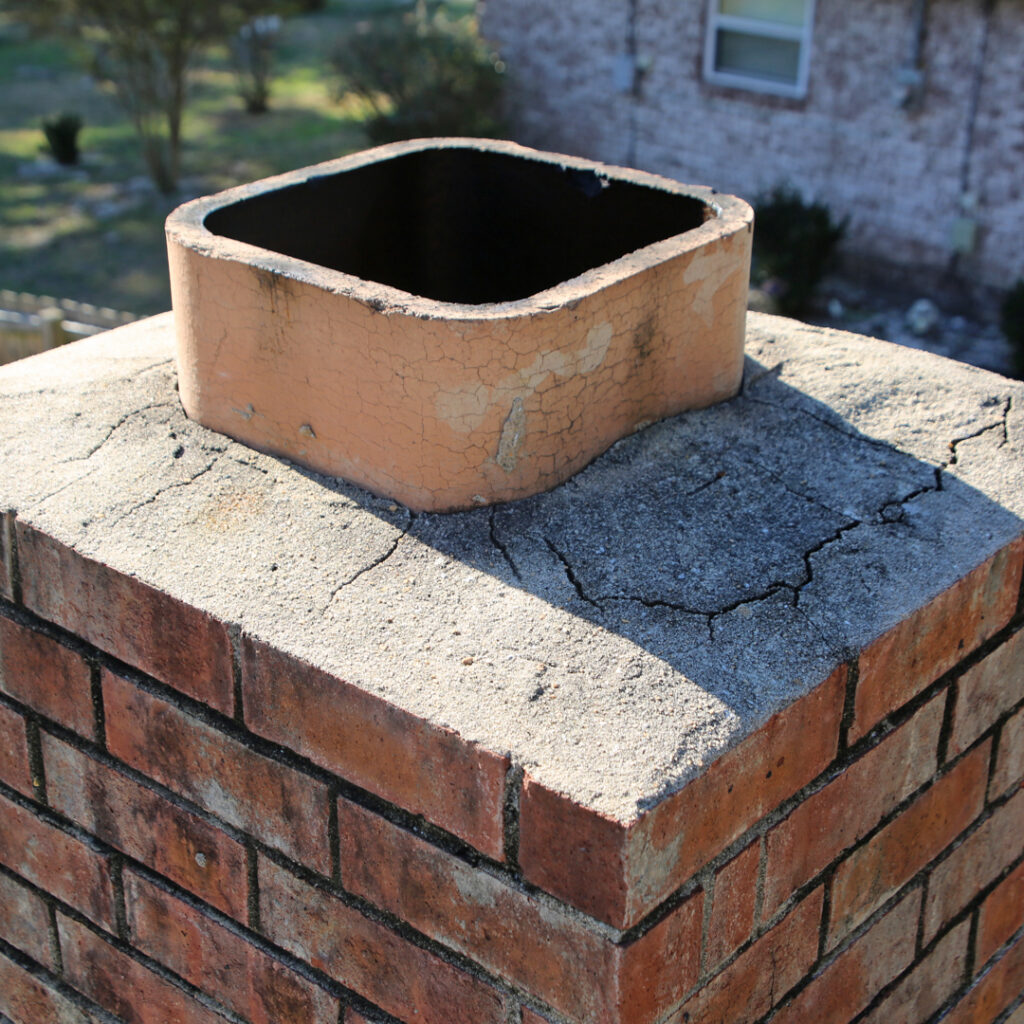 What is a Chimney Crown?
What is a Chimney Crown?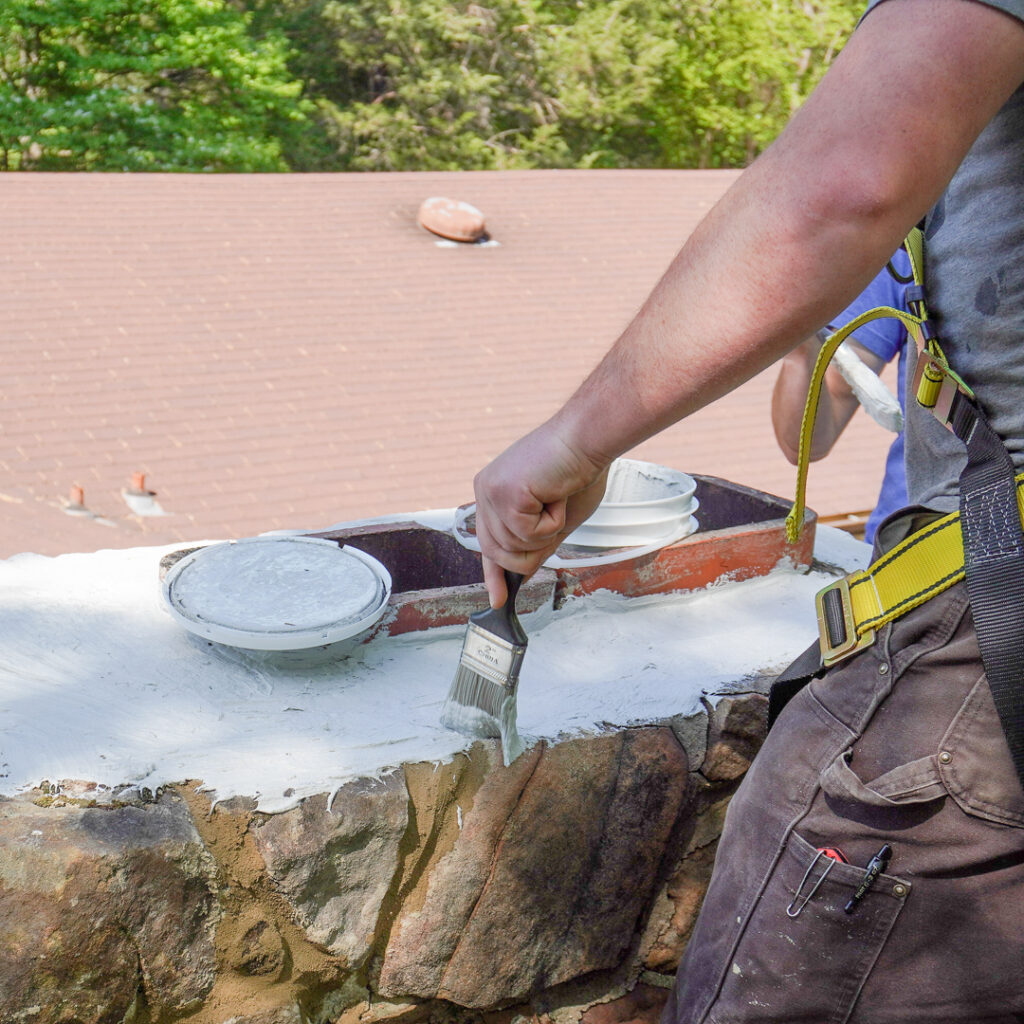 A professional chimney sweep can inspect the crown and let you know whether it needs sealing, resurfacing, or a full rebuild. The good news is that if you catch problems early, repairs are usually quick and affordable. Wait too long and you could be looking at a much bigger job, like rebuilding part of the chimney.
A professional chimney sweep can inspect the crown and let you know whether it needs sealing, resurfacing, or a full rebuild. The good news is that if you catch problems early, repairs are usually quick and affordable. Wait too long and you could be looking at a much bigger job, like rebuilding part of the chimney.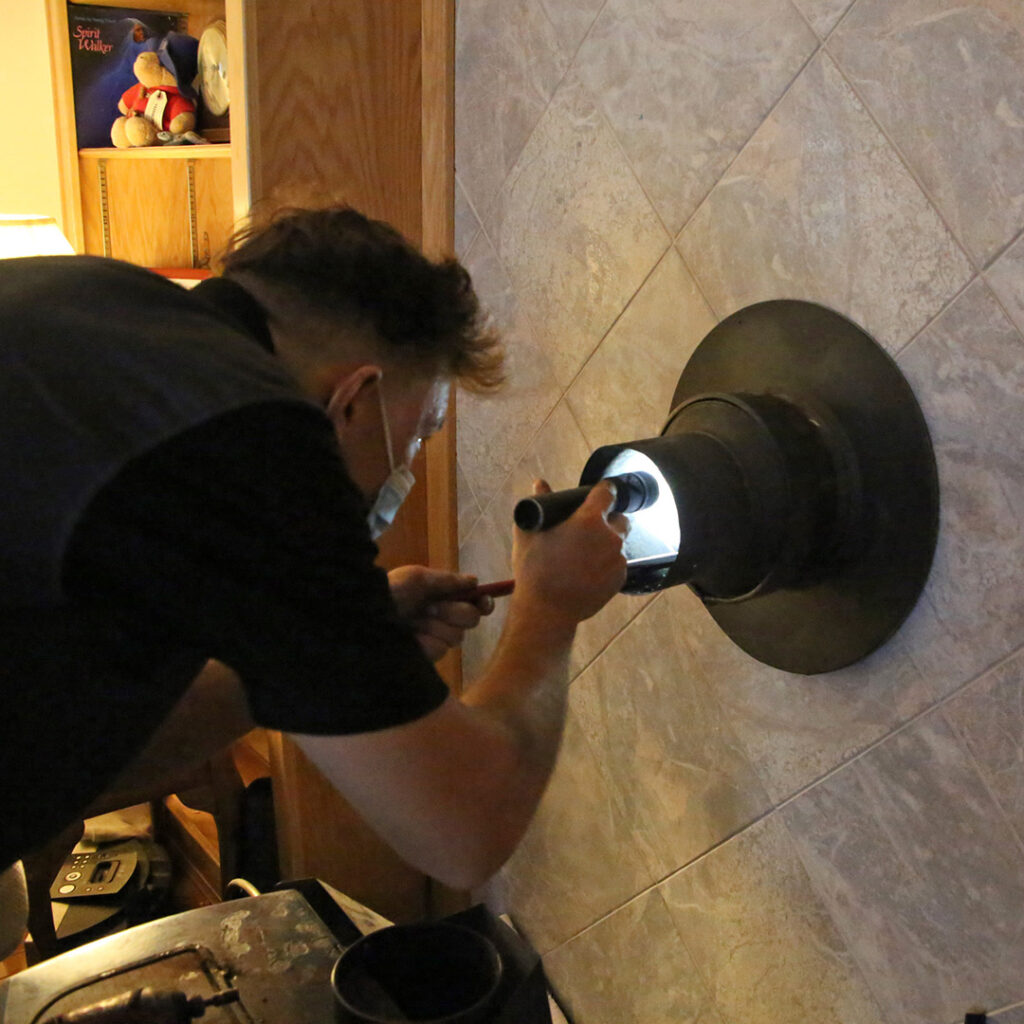
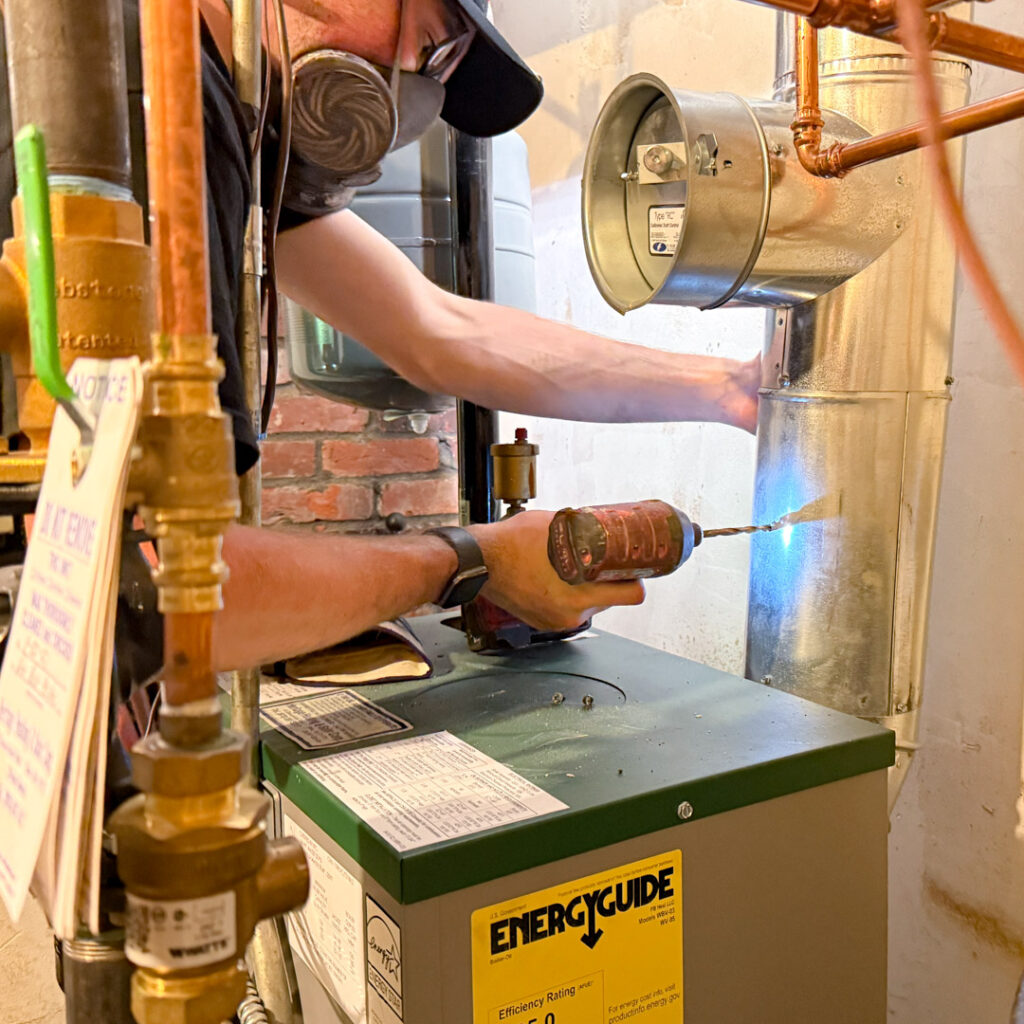
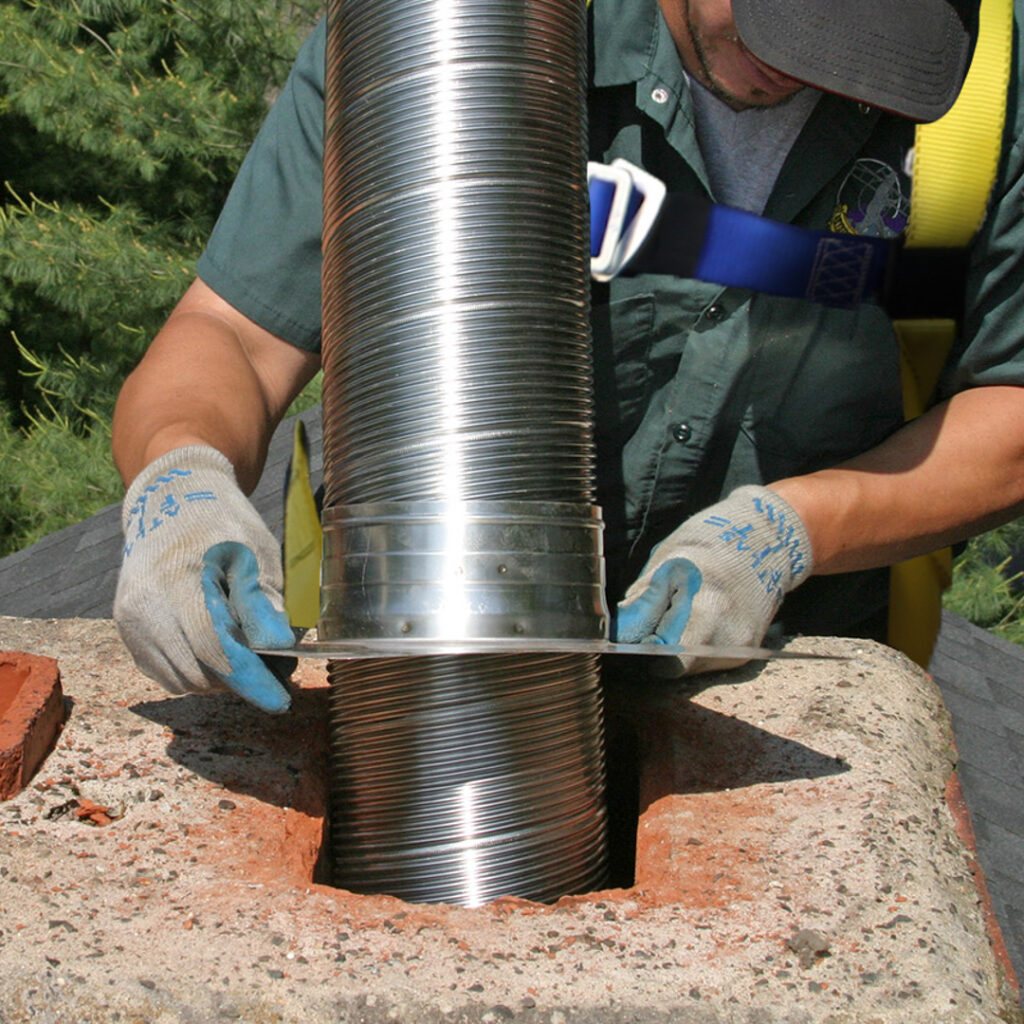 Fire Prevention:
Fire Prevention: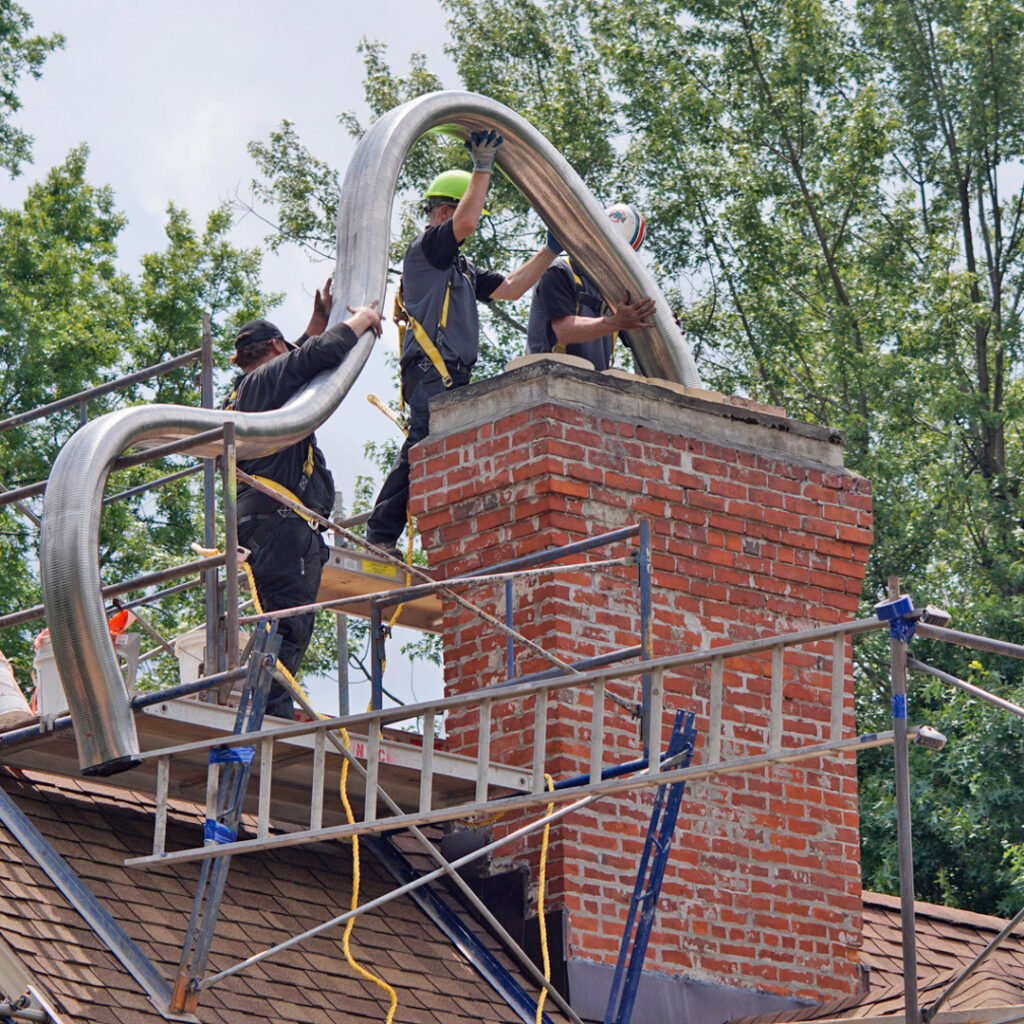 Based on the time you will be in the home as well as your budget, there is a liner for you. The safety benefits are worth the expense. Contact Northeastern Chimney for more information on the type of chimney liner that is best for you.
Based on the time you will be in the home as well as your budget, there is a liner for you. The safety benefits are worth the expense. Contact Northeastern Chimney for more information on the type of chimney liner that is best for you.